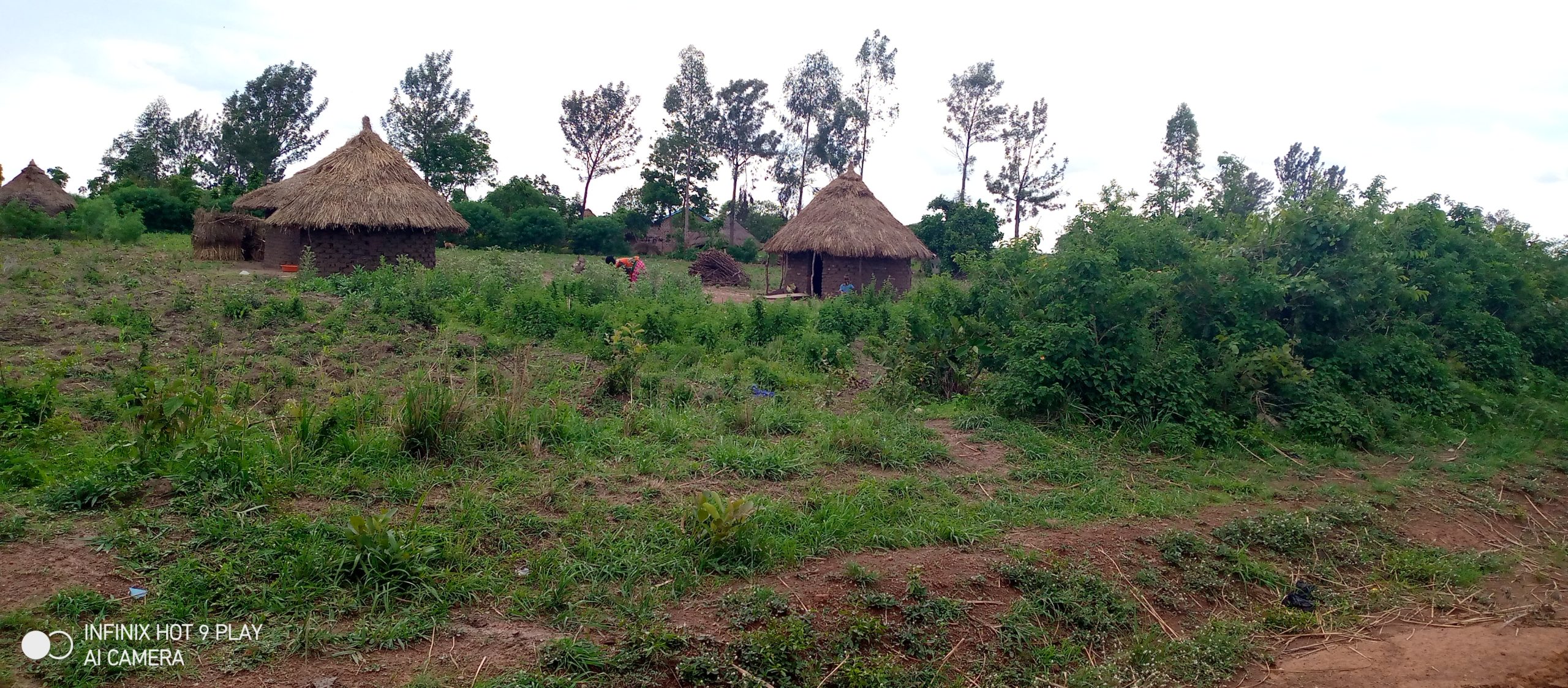LANDSCAPE RESTORATION PROGRAMME

There is an emerging consensus that landscape restoration is one of the cost-effective ways
to regenerate nature, while providing sustainable livelihoods for people and staying within
1.5 degrees C of global warming. Recognizing this opportunity, the Ugandan government
has made commitments to the Bonn Challenge, Paris Climate Agreement, Aichi Biodiversity
Targets, and United Nations Sustainable Development Goals (SDGs. In 2019, the UN
General Assembly declared 2021–2030 the “Decade on Ecosystem Restoration”, with the
goal of creating job opportunities, boosting food security, and fighting climate change
(UNEP2019). To meet these commitments, the Ugandan Government need to systematically
plan for restoration, considering local ecological conditions and putting local people at the
center. The Landscape Restoration Programme of Chapter Fifteen provides an opportunity
and flexible, participatory framework for local governments to implement landscape
restoration actions and locate specific areas for interventions like agroforestry.
In a bid to implement a Landscape Restoration Programme, In 2021, Chapter Fifteen
conducted an assessment on landscape restoration in four cities of Uganda namely Hoima
in Western, Masaka in central Uganda, Jinja in Eastern Uganda and Lira in Northern
Uganda. From the assessment, the results showed that local people must be at the center
of restoring landscapes. The assessment also showed where land in the cities can be
restored by growing trees or protecting forests or water catchment areas. By employing an
intersectional adaptive governance lens and including the perspectives of people and
organizations throughout the larger social landscape, we analyzed the multiple benefits
landscape restoration can have on ecosystem services, social inclusion, the economy, and
local livelihoods. The assessment that used participatory methods and tools drew attention
to the critical socio-economic components of restoration. The findings indicate that different
social groups, like powerful men and marginalized women, have different restoration goals
(even for tree species selection). They also show that investing in restoration can create
thousands of jobs and secure thousands of rural livelihoods. Analysis was done to produce
socio-economic insights on how to implement a landscape Restoration Programme that is
both inclusive and actionable on the ground. Through the assessment, Chapter Fifteen was
able to identify roadblocks, like unclear land tenure and resource rights, which can impede
restoration. Most importantly, the assessment revealed that in implementing the landscape
restoration programme, inclusive strategies should be adopted to ensure that local people
serve as more than passive beneficiaries. It also revealed that landscape restoration
programme should place them in their appropriate role as the central stakeholders driving
implementation. It is upon this assessment that Chapter Fifteen started implementing a
Landscape Restoration Programme in 2022. Chapter Fifteen will work with different
stakeholders and partners in implementing the programme. The programme aims at
supporting landscape restoration entrepreneurs and strengthening enterprises that have
positive impacts on the environment, society and the local economy. The programme aims
at building the capacity of landscape restoration entrepreneurs to grow their businesses,
engage Investors and build strong partnerships, impact both the environment and the local
communities. Some of the initiatives supported under the programme include
Provide support for “Restore Cities”-an incubation program that will support enterprises with
the potential to restore natural ecosystems. Restore Cities has been created to support the
emergence of commercially-viable, community-inclusive, and climate-resilient businesses
that restore ecosystems and preserve landscapes.
a) Supporting “Sustainable land for a Sustainable World”, the aim of which is to promote
the interlinkages between land management, landscapes, value chains, livelihoods,
markets, investments and financing mechanisms. landscape restoration can create
business opportunities for stakeholders in places where investments are greatly
needed.
b) Support Regreening Agenda-an initiative that mobilizes youth and women with
landscape restoration businesses to adopt regreening techniques and regreen the
degraded landscapes
c) Regreening Loans-a credit facility that support companies with landscape restoration
businesses with loans. Companies to be supported are selected based on five
criteria: scalability, replicability, profitability, environmental impact, and social impact.
d) Support Landscape for Livelihoods-a programme that provides mentorship and
networking opportunities, technical training, and workshops for youth to build
storytelling and pitching skills. Participants leave the program more empowered to
connect with potential investors so they can take their business to the next stage of
growth.
e) Support the “Restore Accelerator”-the Uganda’s first training and mentorship
program targeted specifically toward businesses that restore degraded farmland. The
Restore Accelerator builds the capacity of restoration entrepreneurs to grow their
businesses, engage Investors and build strong partnerships, impact both the
environment and the local communities.
f) Support Land Restoration Entrepreneurs with grants to begin restoring millions ha of
degraded landscapes by 2030.
g) Expand and grow “Restore network” a network of land restoration entrepreneurs in
Uganda supporting entrepreneurs from four cities to network, grow and expand their
businesses.
h) Support Restoration Forum- a forum for urban authorities and communities working
to restore landscapes. Support will be used to enhance its Capacity to restore
millions of hectares of land in urban communities.
